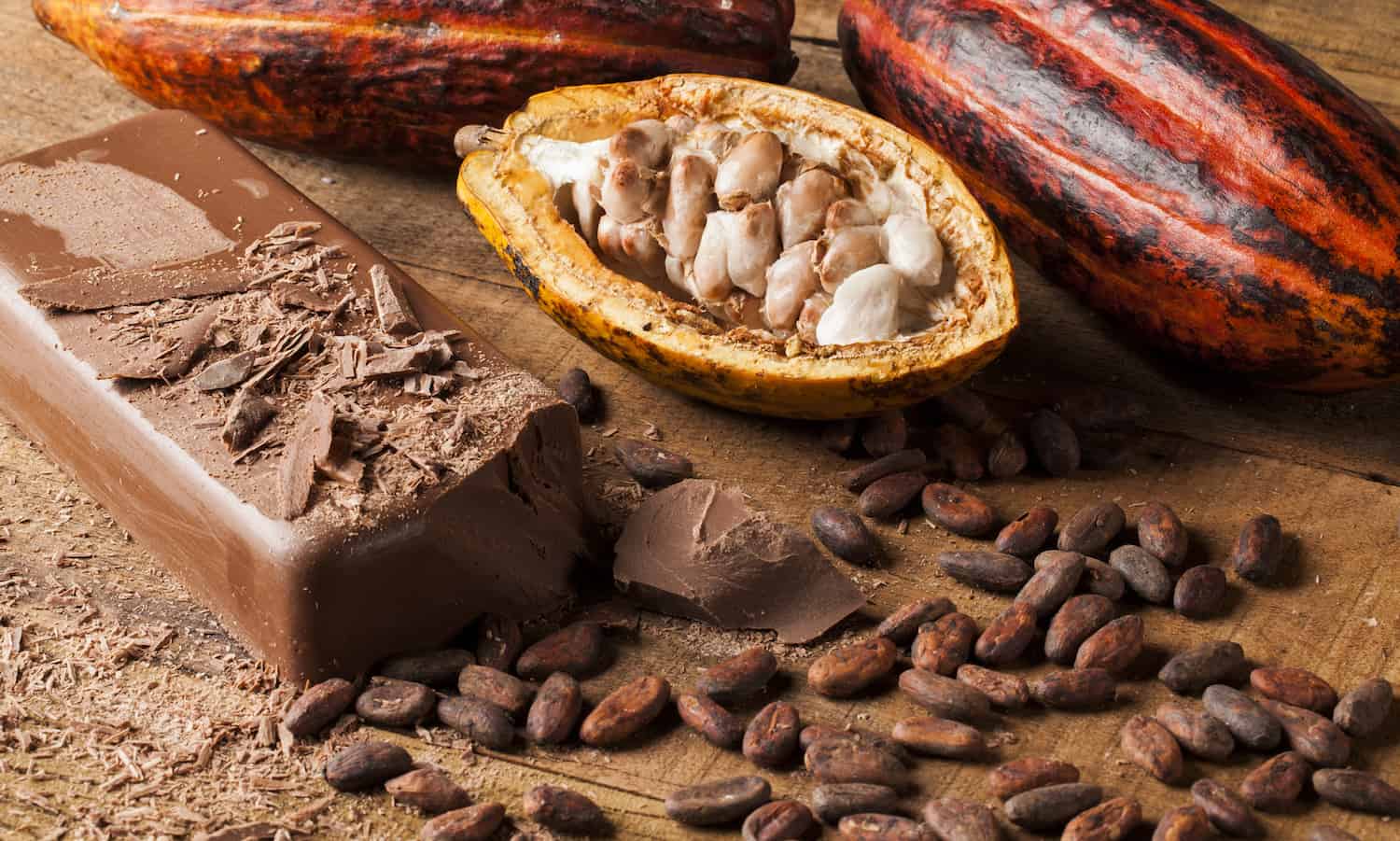RIO DE JANEIRO, BRAZIL – A group of researchers from Costa Rica, Colombia and Ecuador will hold a virtual event to improve cocoa production for those three countries in order to adapt to climate change and establish good agricultural practices –among other actions- with a view of exporting to the markets in the United States and the European Union (EU).
The meeting, will take place (virtually ) between November 23th and 25th, within the framework of the project “Multi-agency Cocoa Platform for Latin America and the Caribbean Cocoa 2030-2050”. The agenda covers topics related to agronomic management, quality and safety, regulations and governance, knowledge management and applied research.

According to the Ministry of Agriculture and Livestock (MAG) –based on data from the Food and Agriculture Organization (FAO) – “in 2017 Costa Rica reached a total production of 700 metric tons of cocoa. Production that has remained stable in that range in the last 10 years, after the significant decrease suffered in the mid-nineties.”
Laura Ramírez, Head of the Department of Technology Transfer of the National Institute for Innovation and Transfer in Agricultural Technology of Costa Rica (INTA), indicated that the digital event aims to “learn about experiences” and exchange information from the three countries in areas such as mitigation and adaptation to climate change, the establishment of good agricultural practices and strategies to fully comply with the export regulations required by international markets such as the European Union or the United States.”
Joint Effort
In the project “Multi-agency Cocoa Platform for Latin America and the Caribbean Cocoa 2030-2050”, participate the Escuela Superior Politécnica del Litoral (ESPOL), the National Institute of Agricultural Research-INIAP- (both from Ecuador), the Colombian Corporation of Research (AGROSAVIA) and INTA of Costa Rica and has funding from FONTAGRO.
According to Eduardo Chávez, Professor and Researcher at ESPOL, the meeting will address other aspects such as the presence of cadmium (a natural element that is present in soils) in cocoa cultivation in order to comply with a regulation developed in this regard by the EU and which has been in force since January 1st of last year.
“Through scientific research and training workshops with farmers we try to contribute to the solution of this problem. Cadmium is naturally present in small quantities in the soil, but in high quantities, it can pass to the plant and in the case of cocoa it can accumulate in the almonds. If the cocoa bean has a high concentration of cadmium, it becomes a commercial limitation for export because it could no longer be used to make chocolate with a high percentage of cocoa,” said Chávez.
The International Center for Tropical Agriculture (CIAT) indicates that cocoa cultivation in Latin America currently produces about 15% of world production; Furthermore, “cocoa farming in this region is faced with numerous challenges, including the presence of cadmium (Cd) in the soil, a heavy metal that accumulates in cocoa beans” and which affects the quality of the final product. Cocoa beans are the main ingredient for making chocolate.
Cocoa, native to the Americas, was a valuable crop in the earliest South American cultures. The term cocoa originated from the Nahuatl word “cacahuatl”. Many believe that the plant first grew in the Amazon and upper Orinoco basins but the Mayans and the Aztecs eventually developed techniques to cultivate cocoa successfully. The plant was considered as a symbol of wealth for these civilizations and its beans were used as currency.
Cocoa beans are produced in tropical zones around the Equator, where climate conditions are well suited for growing cocoa trees. Among the most important Cocoa producers are Peru, Ecuador and Brazil.
About 70 percent of the world’s cocoa beans come from four West African countries: Ivory Coast, Ghana, Nigeria and Cameroon. The Ivory Coast and Ghana are by far the two largest producers of cocoa, accounting for more than 50 percent of the world´s total production.
Source: The Costa Rica News, Statista

